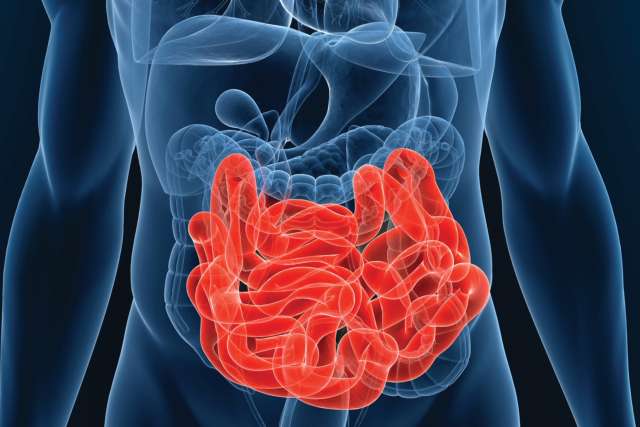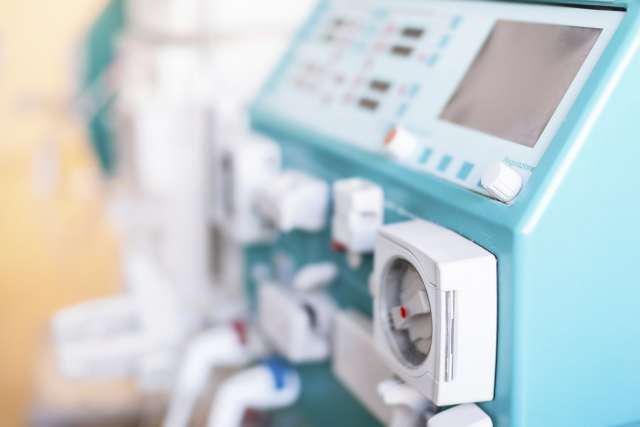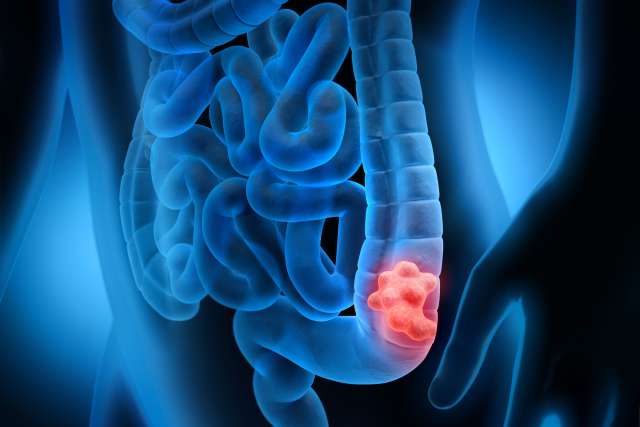Dear Doctors: I've been having a lot of bloating and intestinal gas. A friend says this can mean that you have too much bacteria in your small intestines. How does that happen, and how do you fix it? Also, I'm not sure I understand the difference between the large and small intestines.
Dear Reader: Your friend is referring to a condition known as small intestinal bacterial overgrowth, often shortened to SIBO. The term refers to an imbalance in the populations of microbes living in the small intestine. That's the part of the digestive tract that runs from the stomach to the large intestine. The large intestine, also known as the colon, connects the small intestine to the anal canal.
The large and small intestines get their names due to a marked difference in their diameter, not in their length. The small intestine ranges from about 20 to 25 feet in length in adults. That is much longer than the large intestine, which is about 6 feet long. However, at about 3 inches in diameter, the large intestine is about triple the size of the small intestine, which is about 1 inch wide.
The large intestine plays host to trillions of bacteria and other microorganisms, which are collectively known as the gut microbiome. The small intestine, by contrast, does not naturally have large numbers of bacteria. When something causes the populations of bacteria in the small intestine to become too great, or to be the wrong kind, it can lead to the symptoms of SIBO. These include the gas and bloating that you have experienced.
Additional symptoms can include a feeling of fullness despite not having eaten recently, abdominal pain or cramping, and changes to bowel habits, such as loose stools, diarrhea or constipation.
SIBO can arise as a complication of abdominal surgery. It may also appear due to conditions such as Crohn's disease, diverticulosis or irritable bowel syndrome; as a side effect of diseases such as diabetes that reduce small bowel motility; or as a result of immunodeficiency.
Diagnosis begins with a physical exam and a detailed review of the person's symptoms. Many conditions can cause the same symptoms, so further testing is required. This may include blood tests, blood chemistry analysis, the use of an endoscope to visually examine the small intestine and a biopsy or culture of tissue from the small intestine.
Breath tests, which measure the amount of methane or hydrogen someone produces after drinking a glucose solution, can also be helpful. A rapid increase in these gases may suggest the presence of bacterial overgrowth in the small intestine.
Treatment focuses on both eradicating the overgrowth of bacteria and managing the conditions that led to it. This often begins with a course of antibiotics and can include changes to diet. Some people may be asked to pause the use of antacids during treatment.
SIBO can sometimes lead to nutritional deficiencies. When this is suspected, blood tests to identify those deficiencies, and vitamin or mineral supplements to address them, may also be prescribed.
(Send your questions to [email protected], or write: Ask the Doctors, c/o UCLA Health Sciences Media Relations, 10960 Wilshire Blvd., Suite 1955, Los Angeles, CA, 90024. Owing to the volume of mail, personal replies cannot be provided.)





